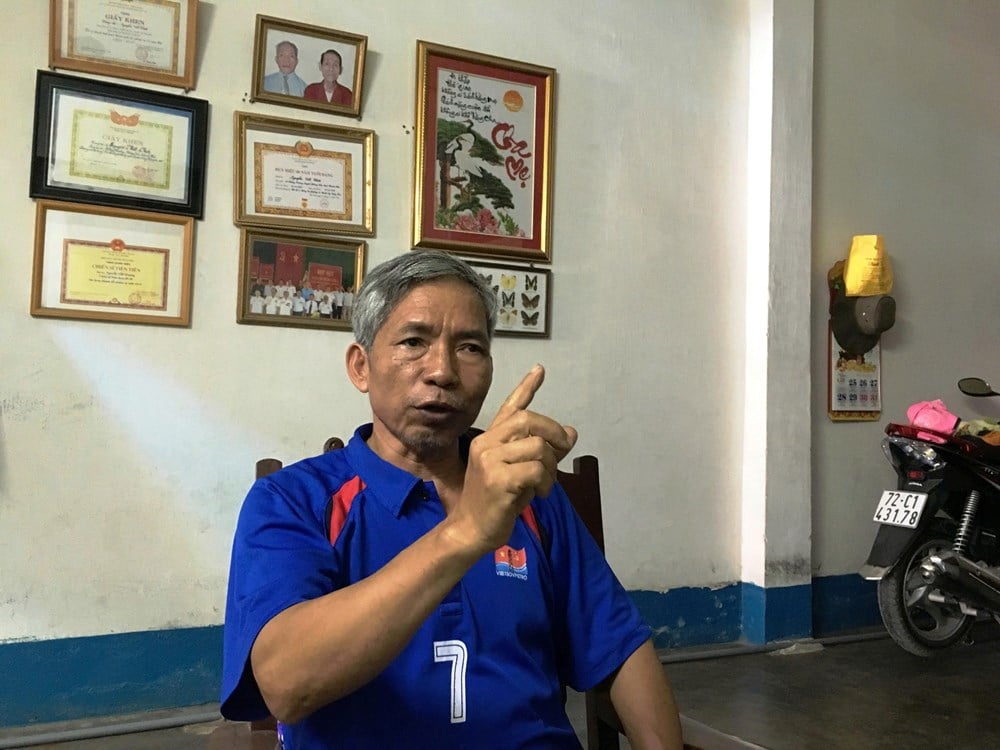
Among them, Lieutenant Colonel, former captain Nguyen Viet Chuc, who commanded the HQ-07 ship in the campaign to defend Toc Tan island in 1988, is considered a “living history page” of Truong Sa. Having devoted his youth to the sea and islands, when he returned to civilian life, he chose to live quietly with his family as an “old woodcutter”, but in his heart still burned the fire of a soldier who “used his body as a sovereignty landmark”.
Tears of parting
On a weekend afternoon, in the scorching heat of Vung Tau, Mr. Nguyen Viet Chuc and his daughter still wash the car in front of their small, narrow house. “Even though I’m retired, I still have to do it,” he smiled gently, “I’ve been on the island all my life, and on the mainland, I only have this roof”...
In the simple house, the most prominent are commemorative photos, medals and two cone snails placed solemnly on the altar. “Souvenirs from the days of defending Toc Tan Island. They have been attached to my entire life as a marine,” he said.
At the end of 1987, when the situation in Truong Sa was tense, Captain Nguyen Viet Chuc - Captain of the anti-submarine ship HQ-07 of the 171st Naval Brigade - received an urgent order to march to the archipelago. Before departure, he suddenly received a call from his hometown Thanh Hoa informing him that "family matters had come up", forcing him to return immediately. The ship temporarily handed over command to Deputy Captain Nguyen Xuan Son.
Setting sail in the northeast monsoon, HQ-07 struggled in rough waves, broke its anchor, damaged its propeller, and hit a coral reef, forcing it to return to the mainland for repairs. “At that time, I was in my hometown, and upon hearing the news, I felt like I was sitting on a pile of fire. The next day, the Brigade called urgently, asking us to return immediately to command the squadron to march to Toc Tan Island. I still have that telegram to this day,” Mr. Chuc recalled with emotion.
The day he returned to Vung Tau was also the time HQ-07 had just arrived at Chi Linh port. Navy Commander Giap Van Cuong flew in from Hai Phong and directly assigned the task: “Regardless of hardship or sacrifice, we must defend Toc Tan island. If there is a dispute, send ships to the island and erect a sovereignty stele.”
Before the departure, his wife, Mrs. Kiem, was seriously ill. Hugging her in the moment of parting, he only said softly: "This time I don't have a return date, but I believe I will return." The wife's tears fell on her husband's shoulder, mingling with the salty taste of the ocean - silently sending the soldier off to the front of the waves, carrying with him the oath to uphold the sovereignty of the Fatherland amidst thousands of silver waves.
Red flag with yellow star on Toc Tan island
On February 27, 1988, after 3 days and nights of overcoming rough waves, ship HQ-07 arrived at the waters of T3 islands including Toc Tan, Nui Le and Tien Nu. Facing the risk of being occupied, Captain Nguyen Viet Chuc immediately ordered the motorboat to move into the island to plant the sovereignty flag.
The working group of 6 people, led by Colonel Hoang Kim Nong - Party Secretary, Deputy Brigade Commander of the 146th Brigade - planted the red flag with a yellow star on Toc Tan coral reef. At that time, the island was just a submerged sandbank, the water was flooded when the tide rose, and only when the tide receded could the sand surface be seen. "When the national flag was flying in the middle of the ocean, foreign ships saw that and gradually withdrew, no longer loitering around," Mr. Chuc recalled.
That night, in the middle of the vast ocean, officers and soldiers of HQ-07 organized a launching ceremony for the emulation campaign "All for beloved Truong Sa" . The song "Sing forever the military march" resounded amidst the storm, like a solemn oath: "Even if we have to sacrifice, we will keep the ship and stick to the island until the end".
After holding Toc Tan, Mr. Chuc handed it over to the Naval Engineering force, then continued his journey to Tien Nu and Nui Le, successfully completing the assigned mission.

"Living history" quietly in everyday life
His comrades still call Mr. Nguyen Viet Chuc the “living history” of Truong Sa. At the age of seventy, his hair has turned gray, but he still remembers clearly every day and every hour of those voyages. After the campaign to protect the island, he directly surveyed the terrain, measured the length, depth, coral material and drew detailed maps to serve as documents for the Navy Political Department to compile the history of Truong Sa.
“That day, the ship was on duty at the island for 132 days. Fresh water was shared among us by the bucketful, vegetables were in severe shortage, some soldiers were so swollen that they could not walk. Food was scarce, and they had to eat dry rations instead of meals. But we loved each other like brothers,” he recalled emotionally.
Thirty years of “living with the sea, joy and sorrow with the waves”, now, his most precious keepsakes are only two cone snails and the flagpole that was planted on Toc Tan Island. To him, it is a symbol of an idealistic youth - when the soldier considered the sea and sky of the Fatherland as his home, considered sovereignty as his flesh and blood.
Leaving the army, he returned to Vung Tau, choosing a simple life with his wife and children. Not boasting about his achievements, he lived like an "old woodcutter" quietly making a living. Every time he mentioned his comrades who had died in the middle of the ocean, his voice dropped: "We only hope for peace for the country, for the islands to remain stable forever, so that today's young generation can understand the price of peace."
In his small house, the national flag that once flew on Toc Tan Island is still kept by him as a treasure. For him, it is not only a memory but also the soul of the “speakers” in the middle of the ocean. Today, the submerged island of the past has become a solid floating island, with towering rigs and shady green trees. Amidst many changes, the soldiers of that year are still the symbol of a generation that “used their bodies as sovereignty markers”.
Source: https://baovanhoa.vn/chinh-tri/hoi-uc-lao-tieu-phu-xay-loa-thanh-giua-bien-khoi-178764.html


![[Photo] Government holds a special meeting on 8 decrees related to the International Financial Center in Vietnam](https://vphoto.vietnam.vn/thumb/1200x675/vietnam/resource/IMAGE/2025/11/04/1762229370189_dsc-9764-jpg.webp)
![[Photo] Ca Mau "struggling" to cope with the highest tide of the year, forecast to exceed alert level 3](https://vphoto.vietnam.vn/thumb/1200x675/vietnam/resource/IMAGE/2025/11/04/1762235371445_ndo_br_trieu-cuong-2-6486-jpg.webp)

![[Photo] Ho Chi Minh City Youth Take Action for a Cleaner Environment](https://vphoto.vietnam.vn/thumb/1200x675/vietnam/resource/IMAGE/2025/11/04/1762233574890_550816358-1108586934787014-6430522970717297480-n-1-jpg.webp)
![[Photo] Comrade Nguyen Duy Ngoc holds the position of Secretary of the Hanoi Party Committee](https://vphoto.vietnam.vn/thumb/1200x675/vietnam/resource/IMAGE/2025/11/04/1762234472658_a1-bnd-5518-8538-jpg.webp)

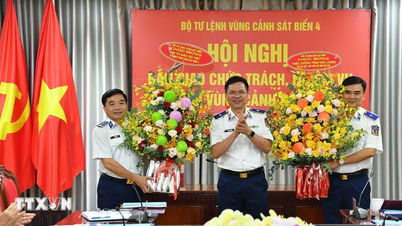



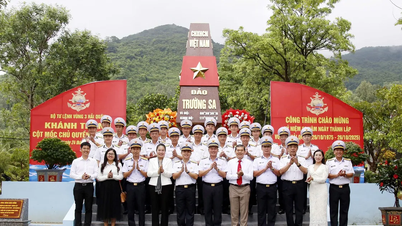

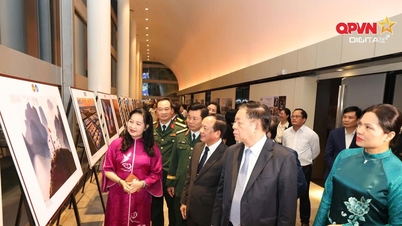




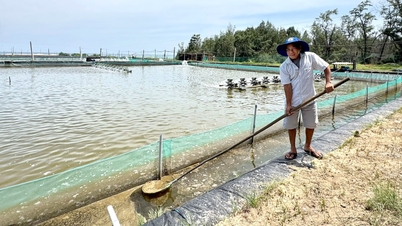



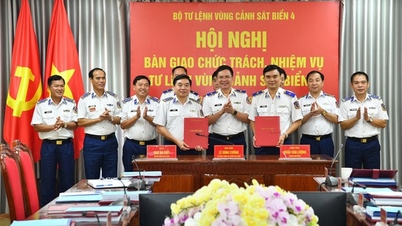

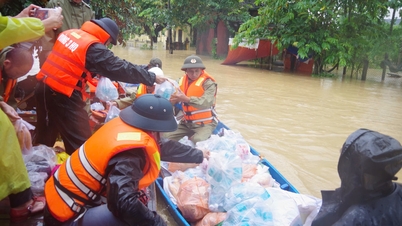












![[Photo] The road connecting Dong Nai with Ho Chi Minh City is still unfinished after 5 years of construction.](https://vphoto.vietnam.vn/thumb/1200x675/vietnam/resource/IMAGE/2025/11/04/1762241675985_ndo_br_dji-20251104104418-0635-d-resize-1295-jpg.webp)

























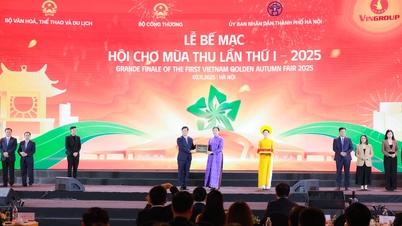















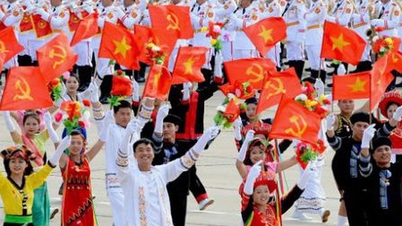

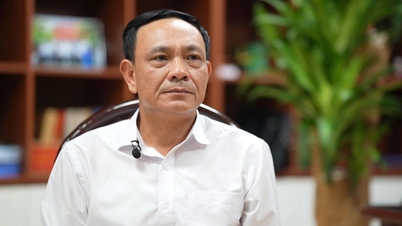




























Comment (0)